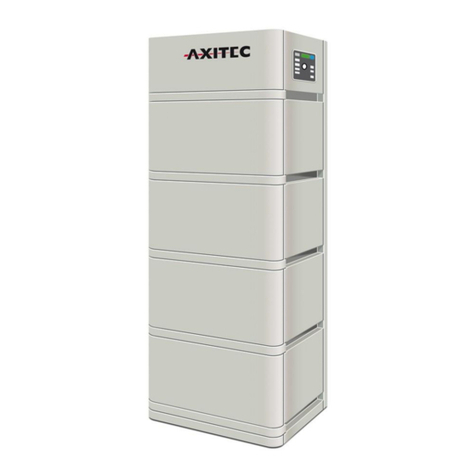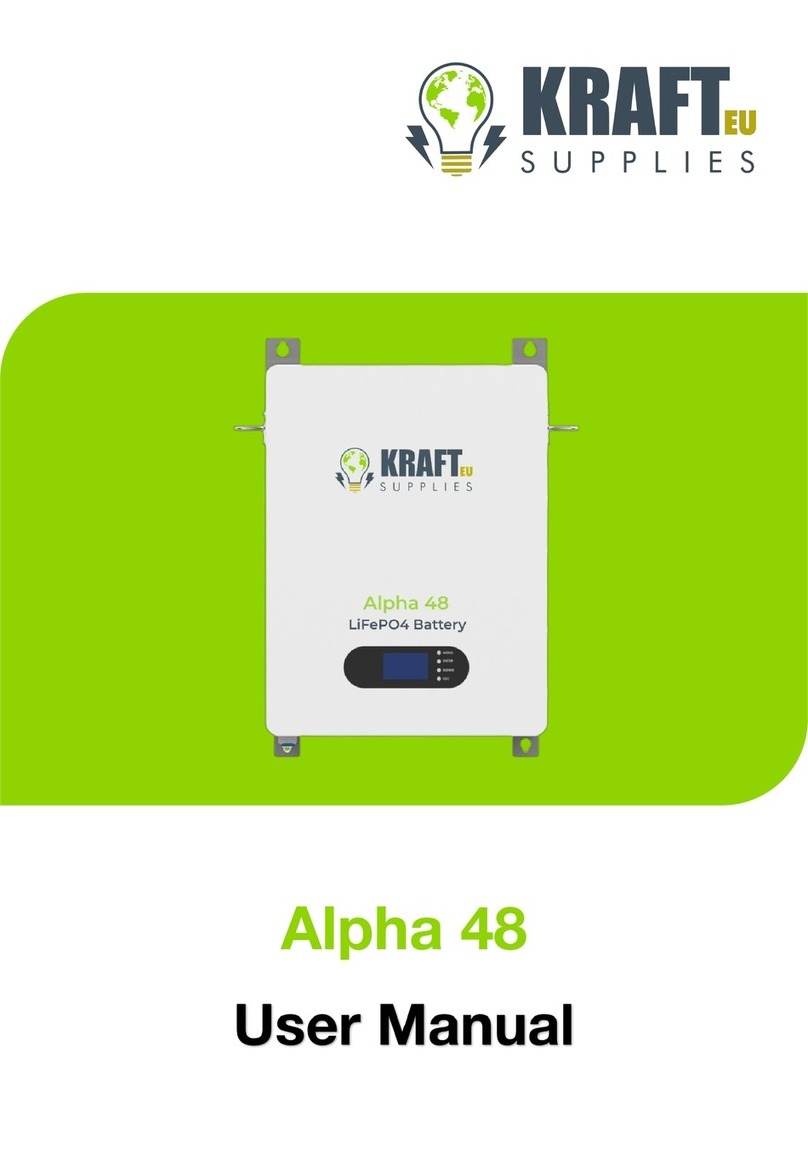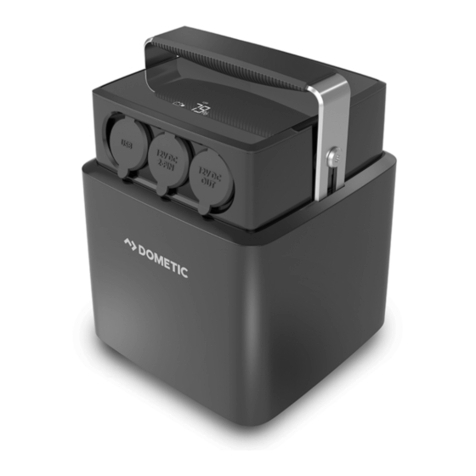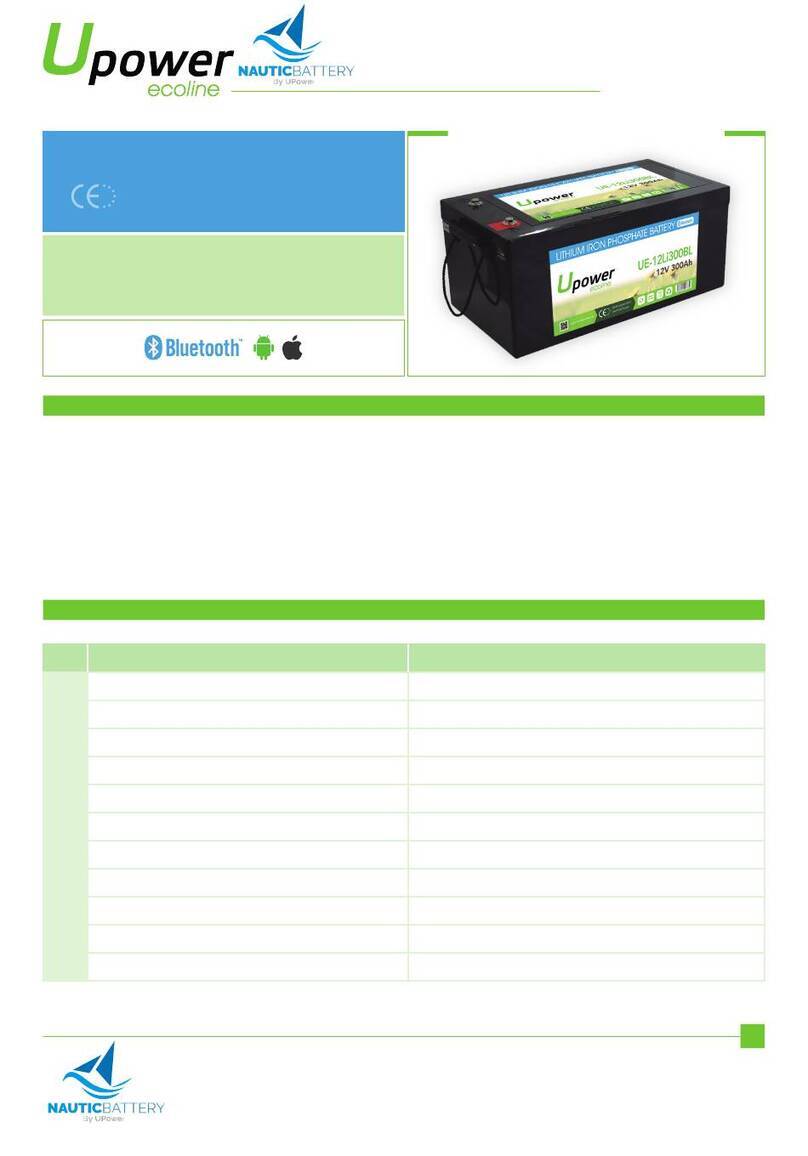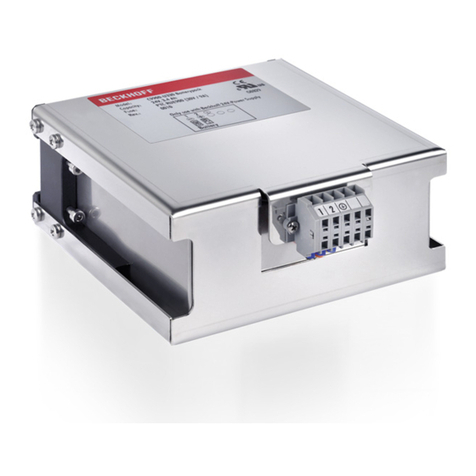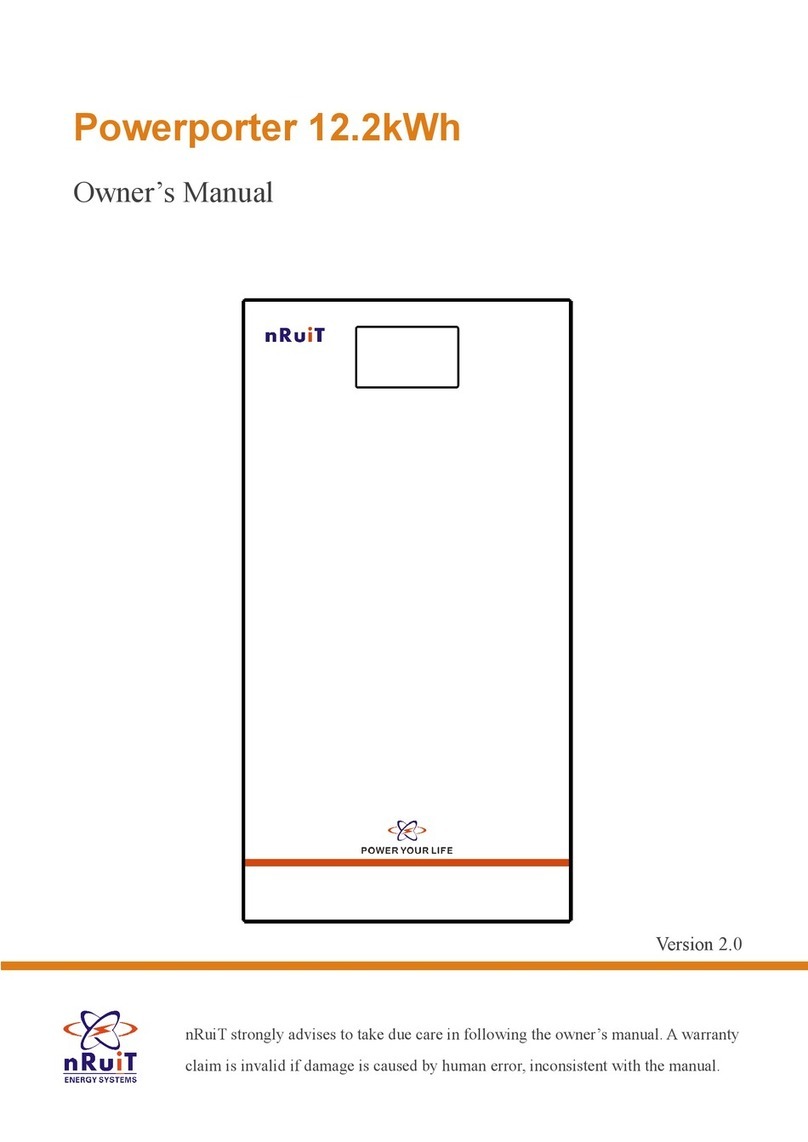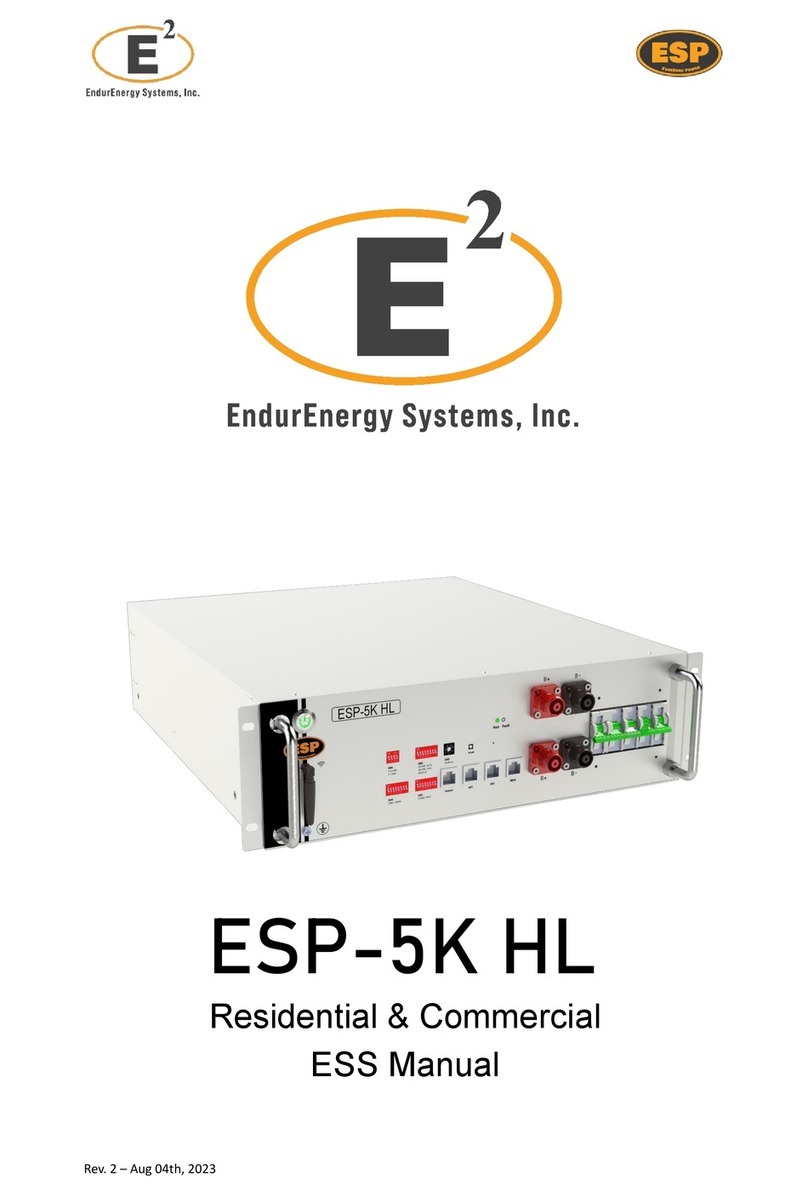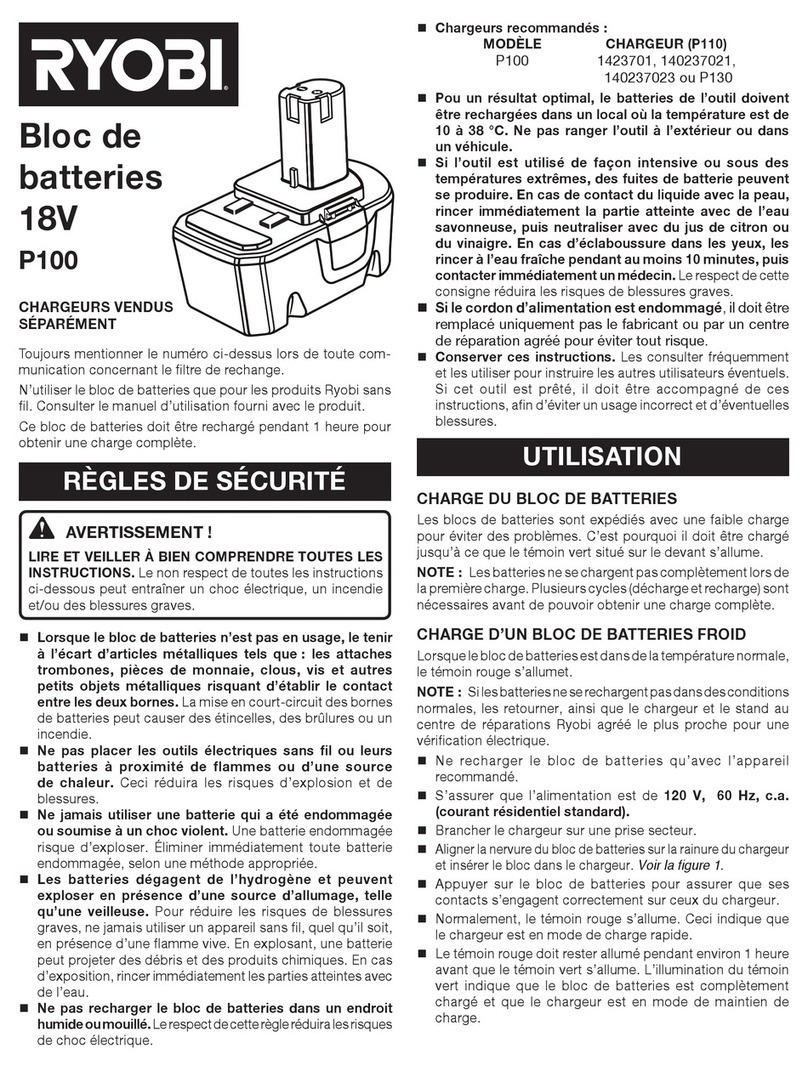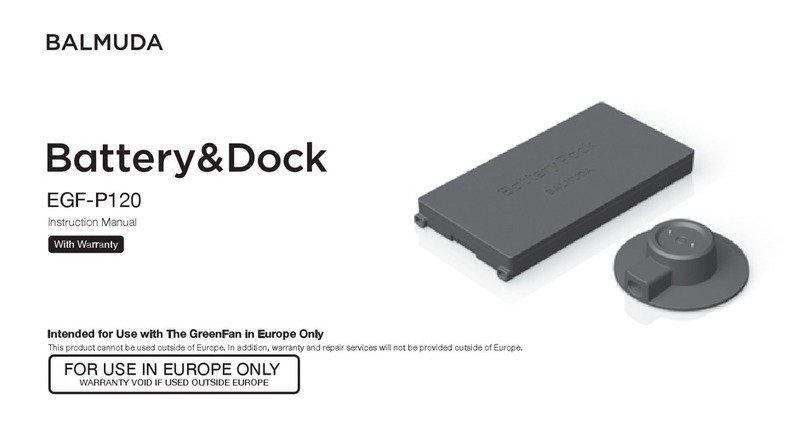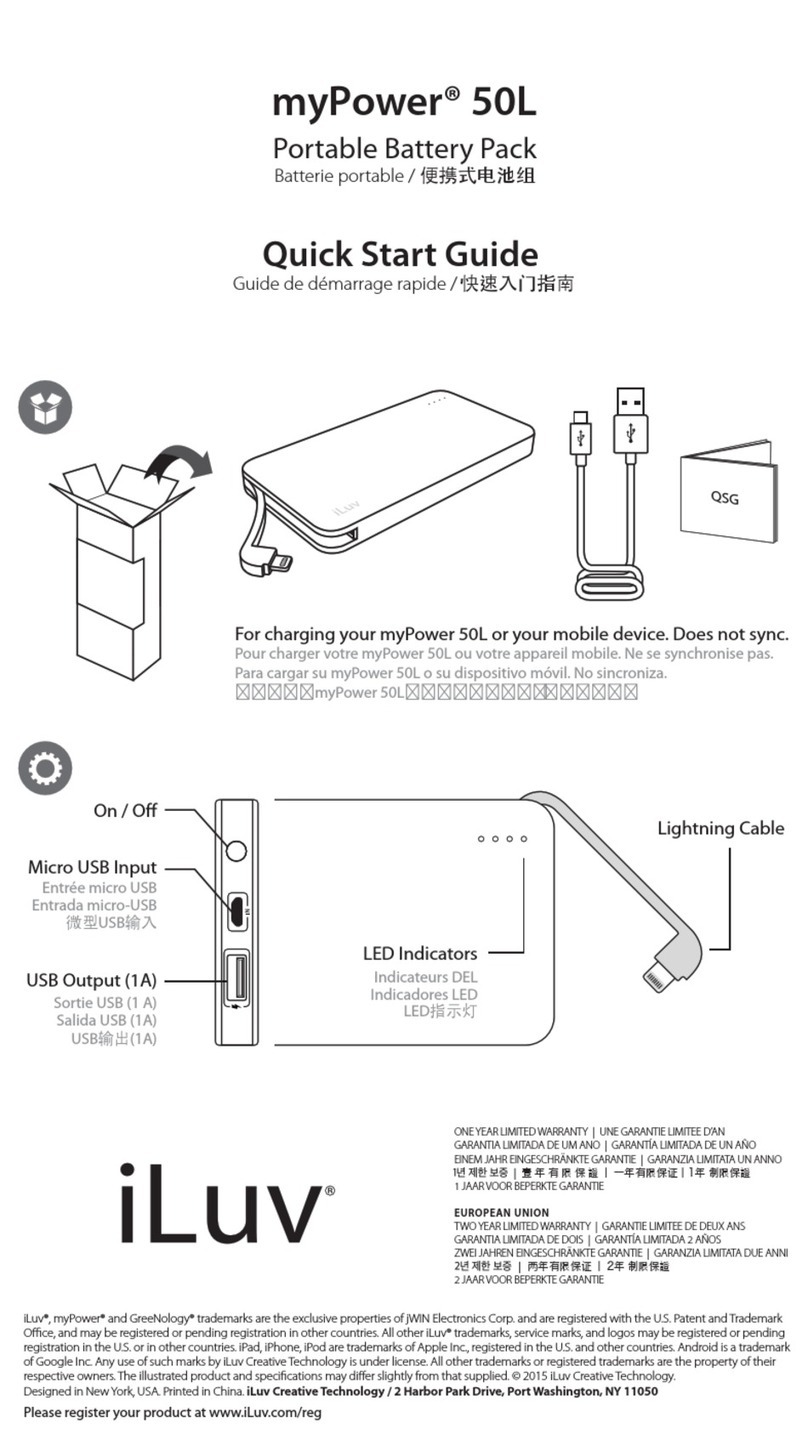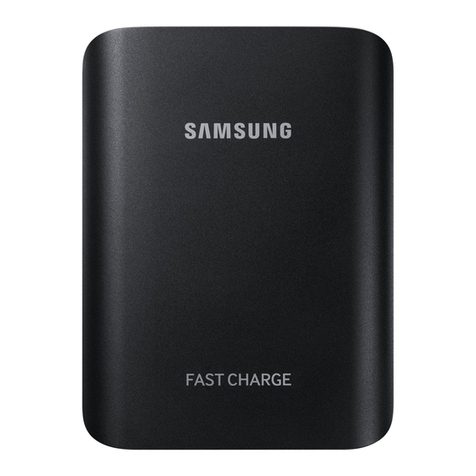Lipper Curt User manual

Curt® Battery Box
OEM INSTALLATION MANUAL

Rev: 08.30.21 Page 2 CCD-0004385
TABLE OF CONTENTS
Introduction 2
Safety 2
Resources Required 3
Preparation 4
Installation 6
Wiring 8
Correct order of connection to the batteries 8
Notes 11
Introduction
This document details the installation of Curt® Battery Box.
Note: Images used in this document are for reference only when assembling, installing and/or operating
this product. Actual appearance of provided and/or purchased parts and assemblies may differ.
System was designed for Group 24 batteries. Connect the batteries to each other, either Series or Parallel,
depending on battery selection. Connect to OEM supplied breakers that are sized appropriately for the units
electrical needs. Wire per OEM standards.
The "WARNING" symbol above is a sign that a procedure has a safety risk involved and may cause
death or serious personal injury if not performed safely and within the parameters set forth in
this manual.
Failure to follow instructions provided in this manual may result in death, serious personal injury
and/or severe product and property damage, including voiding of the component warranty.
Safety
Read and understand all instructions before installing or operating this product. Adhere to all safety labels.
This manual provides general instructions. Many variables can change the circumstances of the instructions,
i.e., the degree of difficulty, operation and ability of the individual performing the instructions. This
manual cannot begin to plot out instructions for every possibility, but provides the general instructions,
as necessary, for effectively interfacing with the device, product or system. Failure to correctly follow the
provided instructions may result in death, serious personal injury, severe product and/or property damage,
including voiding of the LCI limited warranty.
Do NOT reverse-connect battery cables. Reversing the connection of battery cables will cause
an electrical short resulting in an electrical shock, explosion and/or exposure to acidic uids
causing product and/or property damage including severe person injury or death. Connect black,
negative (-) battery cables to the negative (-) battery post and red, positive (+) battery cables to the
positive(+) battery post.

Rev: 08.30.21 Page 3 CCD-0004385
Do NOT connect red, positive (+) battery cables rst. Connecting red, positive (+) cables to the
battery rst can cause an electrical shock resulting in severe personal injury, including severe
burns. Connect black, negative (-) battery cables to the negative (-) battery post rst, followed by
connecting the red, positive (+) battery cables to the positive (+) battery post.
Do NOT mix and match dierent capacity batteries in series. Combining dierent capacity batteries
in series will cause the lower capacity battery to charge up faster and become overcharged, causing
irreplaceable gases to vent which may cause an explosion resulting in personal injury and product
and/or property damage. For series battery connection, only connect batteries that are as close to
identical as possible.
• Car battery fluid is acidic. Wear proper clothing to protect your face, hands and body.
• Do not lift or handle the battery by its terminals or damage to the terminals may occur.
• Work in a well-ventilated area.
• Keep batteries away from ignition sources.
• Check for proper battery polarity.
• Use of metallic tools or conductors can cause short circuits and sparks. Use caution when using
metallic tools or conductors around battery terminals.
• Keep batteries out of reach of children.
Always wear eye protection when performing service, maintenance or installation procedures.
Other safety equipment to consider would be hearing protection, gloves and possibly a full face
shield, depending on the nature of the task.
The “CAUTION” symbol above is a sign that a safety risk is involved and may cause personal injury
and/or product or property damage if not safely adhered to and within the parameters set forth
in this manual.
Resources Required
• Rivet gun
• Cordless or electric drill or screw gun
• Appropriate drive bits
• Appropriate drill bits
• Ignition-protected circuit breakers
• #10 Self-drilling screws (1/2" max length)
• 6 AWG wire (if necessary)
• Appropriate torque wrench

Rev: 08.30.21 Page 4 CCD-0004385
Preparation
Note: Adhere to all manufacturer's torque specs for OEM-supplied materials.
1. Mount ignition protected circuit breaker(s) (Fig. 1A) into the side door housing (Fig. 1B) using a 1/2" #8
bolt with nylock nut. Pre-drill holes that match the breaker mounting points (Fig. 1C). Install the nut on
the inside of the box.
Fig. 1
C
A
B
B
A
Note: Insert the circuit breaker mounting bolts through the back side of the side door housing and install
the nylock nuts on the breaker side.
Fig. 2

Rev: 08.30.21 Page 5 CCD-0004385
B
Fig. 3
2. Install busbars (Fig. 2A) onto the copper posts of circuit breakers (Fig. 2B) if necessary.
3. Connect the large terminal of the shorter red output cable (Fig. 3A) to one post of the battery
disconnect switch (Fig. 3B) and the other, smaller terminal to a copper post of the circuit
breakers (Fig. 3C).
Note: Torque the nuts on the battery disconnect switch post to 18.44 ft-lbs (25 N-m).
CA
4. Drill a penetration hole in the side door housing for the battery input cable (Fig. 4A).
Note: Hole should be a minimum 3/4" diameter and should be made in a location for convenient routing
and connection of the longer red input cable.
5. Connect one end of the longer red input cable (Fig. 4B) to the other terminal of the battery disconnect
switch (Fig. 4C) and route cable out of side door housing hole (Fig. 4A).
Fig. 4
A
B
C

Rev: 08.30.21 Page 6 CCD-0004385
Fig. 5
B
6. Insert nylon battery hold down straps (Fig. 5A) through the slits (Fig. 5B) in the bottom of the battery
box base assembly (Fig. 5C).
A
C
Fig. 6
Installation
1. Set the battery box base assembly (Fig. 6A) into the A frame (Fig. 6B) of the trailer, between the angle
support brackets (Fig. 6C).
A
C
B
C

Rev: 08.30.21 Page 7 CCD-0004385
Fig. 7
2. Secure the battery box base assembly (Fig. 7A) to trailer frame (Fig. 7B) using 8 #10 self drilling screws
(Fig. 7C) and 2 ground bars (Fig. 7D).
Note: Any one of the 8 screws can be used to ground the batteries to the frame using the small terminal
end of the supplied black ground cable. See Wiring section, reference Fig. 10 as an example.
Note: Connect black grounding cable to your preferred location (Fig. 7D). Be sure to use a star washer or
serrated flange screw on the ground cable connection.
A
B
D
Fig. 8
3. Insert side-box (Fig. 8A) into the opening on the end of the battery box (Fig. 8B) and using a rivet gun,
secure with 8 supplied rivets (Fig 8C).
B
C
C
A

Rev: 08.30.21 Page 8 CCD-0004385
A
C
Wiring
1. Insert batteries (Fig. 9A) into the battery box (Fig. 9B) and secure them in place by tightening up the
nylon straps (Fig. 9C).
Note: The Curt Battery Box was designed to hold 2 group 24 batteries. Number of batteries installed is at
the discretion of the installer and should be based on electrical supply needs of the trailer.
Fig. 9
2. Connect the red cable (Fig. 10A) from the quick disconnect switch (Fig. 10B) to a positive battery
post (Fig. 10C).
Note: Connection of the red input to positive battery terminal is flexible and can be varied depending on
the position of the battery terminal posts.
C
B
A
Fig. 10
All ground connections, whether series or parallel, must be made first. The ground connections are all of the
black cables. Attach the primary (main) (large) black cable to the first battery, then ground to the chassis, if
applicable.
Connect the remainder of the black ground (-) cables.
Now that the batteries are fully grounded, it is safe to connect the red (+) cables.
When disconnecting from the batteries, the order is reversed; red cables come off first, then the black
cables. The batteries should always remain grounded when hooking up to or disconnecting from
the batteries.
Correct order of connection to the batteries
A
B

Rev: 08.30.21 Page 9 CCD-0004385
3. Connect the black ground cable (Fig 11A) to a negative post (Fig. 11B).
A
B
Fig. 11
Do NOT connect red, positive (+) battery cables rst. Connecting red, positive (+) cables to the
battery rst can cause an electrical shock resulting in severe personal injury, including severe
burns. Connect black, negative (-) battery cables to the negative (-) battery post rst, followed by
connecting the red, positive (+) battery cables to the positive (+) battery post.
Do NOT mix and match dierent capacity batteries in series. Combining dierent capacity batteries
in series will cause the lower capacity battery to charge up faster and become overcharged, causing
irreplaceable gases to vent which may cause an explosion resulting in personal injury and product
and/or property damage. For series battery connection, only connect batteries that are as close to
identical as possible.
4. If two 6V batteries are used, they should be wired up in series:
A. A 6 AWG cable should be attached to the negative terminal of one battery (Fig 12A) and
connected to the positive terminal of the other battery (Fig 12B).
Fig. 12
B
A
Do NOT connect red, positive (+) battery cables rst. Connecting red, positive (+) cables to the
battery rst can cause an electrical shock resulting in severe personal injury, including severe
burns. Connect black, negative (-) battery cables to the negative (-) battery post rst, followed by
connecting the red, positive (+) battery cables to the positive (+) battery post.

Rev: 08.30.21 Page 10 CCD-0004385
A
5. If two 12V batteries are used, they should be wired up in parallel:
A. 6 AWG cable should be attached to the negative, frame grounded terminal of one battery and
connected to the negative terminal of the other battery (Fig. 13A).
B. A 6 AWG cable should be connected to the positive post of the one battery, and to the positive
post of the other battery (Fig. 13B).
Note: If applicable when installing the battery.
Note: Cables depicted in a lighter shade (Fig. 18A and B) not supplied.
6. Attach the top on the battery box (Fig. 14A) and clamp shut (Fig. 14B).
Fig. 13
Fig. 14
B
A
B

Rev: 08.30.21 Page 11 CCD-0004385
Notes

The contents of this manual are proprietary and copyright protected by Lippert Components, Inc. (LCI).
LCI prohibits the copying or dissemination of portions of this manual unless prior written consent from an
authorized LCI representative has been provided. Any unauthorized use shall void any applicable warranty.
The information contained in this manual is subject to change without notice and at the sole discretion of LCI.
Revised editions are available for free download from lippert.com.
Please recycle all obsolete materials.
For all concerns or questions, please contact
Lippert Components, Inc.
Table of contents
